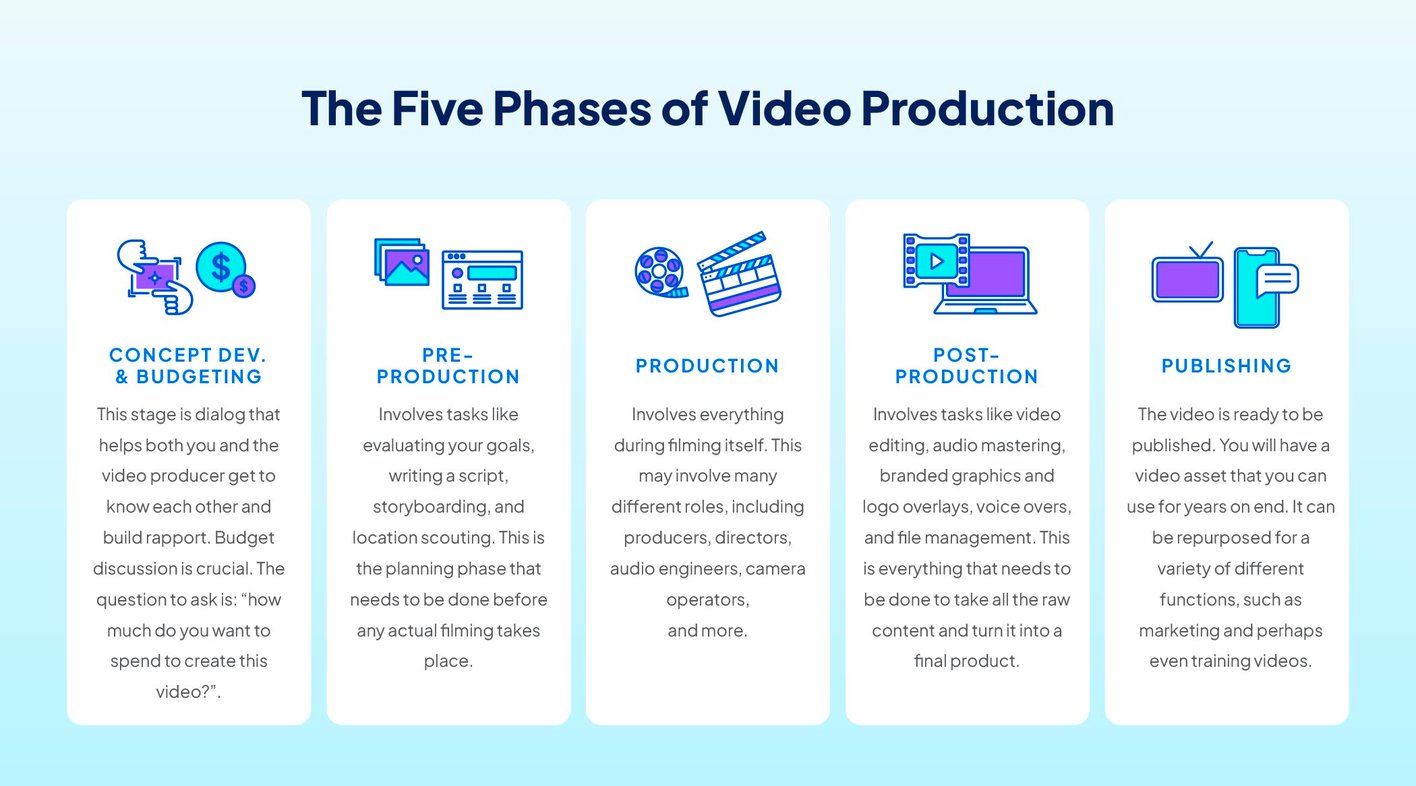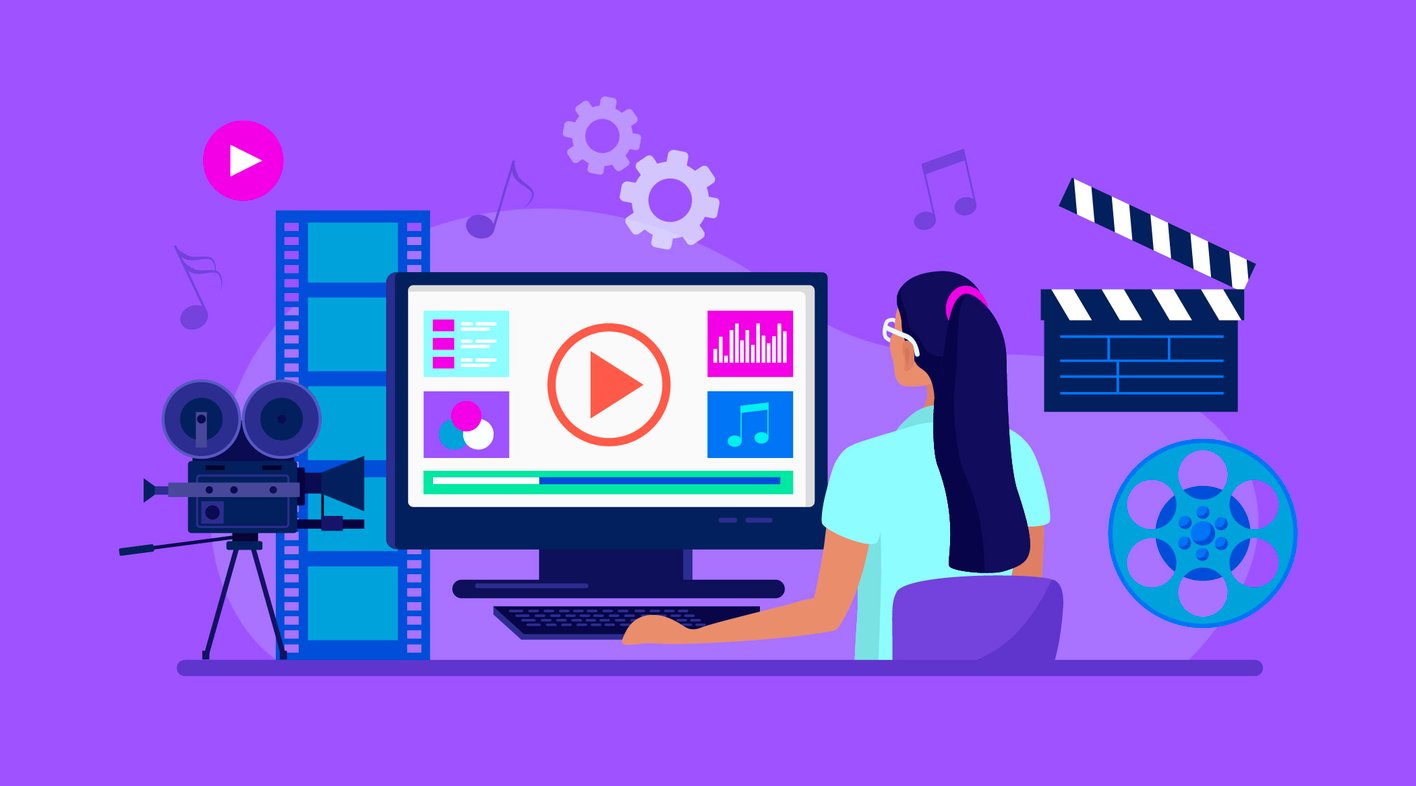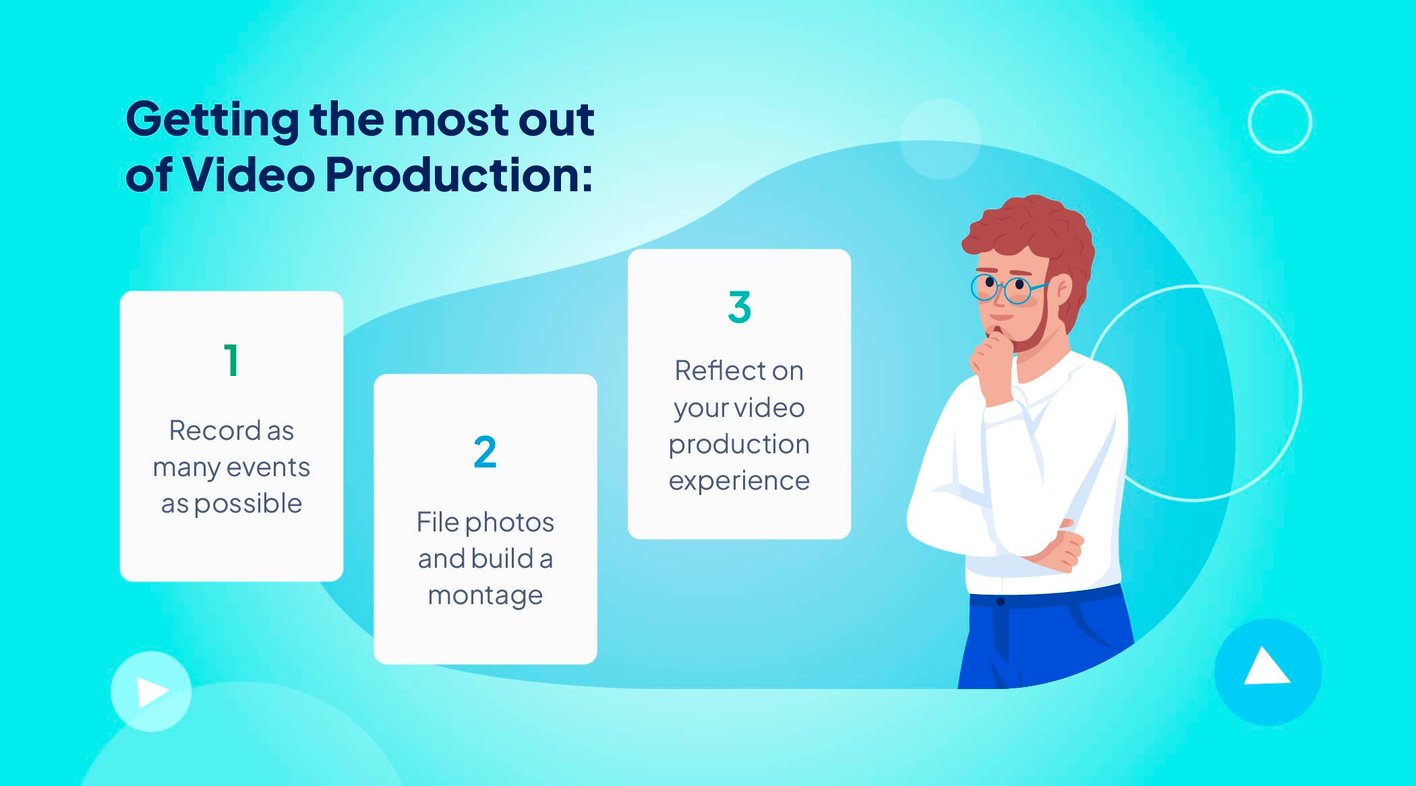They say a picture is worth 1,000 words. If true, how many words can your video express?
When faced with the need for original content to tell a story, excite the viewer, or educate the audience, many clients don’t know where to start. We help clients develop fresh videos that meet the project requirements and build habits that make each successive video easier to produce.
We are going to start with some very common use cases for videos and elaborate on complex projects in a later blog. One of the most common video themes produced for corporate and university clients is the need to simply tell a story concisely. These kinds of videos might include:
-
Retrospective – the history and/or development of a brand or product
-
Testimonial – using real experiences to attract new customers
-
Brand Message – video that represents your brand or furthers your marketing strategy
-
Internal Communications – such as new hire welcome or new student orientation
What these types of video projects have in common is that they are relatively brief, should be a collection of different clips, tell a specific story, and should have a long shelf-life. Meaning that some or all of these videos can be used in multiple ways. For example: played as a part of a live event, used in social media, and hosted on a website.
The Video Production Process
So now that you’ve determined you need one of these videos, let’s help you understand the video production process needed to get to the finished product. We won’t dwell on it, but the first questions you will be asked include “What are you trying to accomplish?” and “How long do you think this video should be?”

Don’t panic! A professional Video Production company will take the time to walk you through the process and understand the options along the way.
Broadly, the process looks like this:
-
Concept Development and Budgeting
-
Pre-Production
-
Production
-
Post-Production
-
Publishing
Concept Development
Concept development covers those first important questions mentioned above. It’s a dialog that helps both you and the video producer get to know each other and build rapport.
At this point, if you are not comfortable with the way that the discussion is going, you have made a minimal investment of time and could seek another partner.
Budget discussion is crucial at this point. It’s not about how much the video should cost, but rather, “How much do you want to spend to create this video?”.
There are many ways to create the same kind of video with prices ranging from $5,000 to $50,000.
Pre-Production
The pre-production process involves tasks like evaluating your goals, writing a script, storyboarding, and location scouting.
Depending on the nature of your video, the team will create a “shot list” which ensures that everything required to complete the video is recorded. This is the planning phase that needs to be done before any actual filming takes place.
You may also start to select things like music beds for the finished video.
Production
Production includes everything during the filming itself.

Professional video production services will record media which can include multiple cameras, so the finished video has different shots or perspectives creating engagement. All of the items listed in the shot list are recorded; media is logged and labeled.
This is also where graphics will be designed and developed, and B-roll video is captured. B-roll is anything but the main action: supplementary video clips that can be used during editing or part of your archive for future projects. It might be an audience member laughing at the CEO’s dad joke, for example.
Post-Production
Post-production is where the team reviews all of the footage and starts to assemble it into a finished product. Depending on the amount of footage shot and assembling needed to meet the storyboard created earlier, this process will take at least a day and significantly longer if many people must review and approve.
 The editing team will overlay any graphics and ensure that color and sound represent accurately when the video content plays.
The editing team will overlay any graphics and ensure that color and sound represent accurately when the video content plays.
Publishing
Last, the video is ready to be published. Longer videos mean larger file sizes, and can take a while to upload and download. Some companies may ship you a hard drive to avoid moving the file over the internet.
After publishing, you will have a video asset that you can use for years on end. It can be repurposed for a variety of different functions, such as marketing and perhaps even training videos.
Getting the Most Out of Video Production
Record as many events as possible, including B-roll. Document and log the footage so you have materials to pull from in future projects.
You can also file photos with this media and use those to build a video montage as well! Sometimes combining both creates the best result.

Finally, reflect on your video production experience to determine what went well and what could be improved. When it comes to recording an event, there is always more you can do.
Planning an event that needs video coverage? We are here to help!



